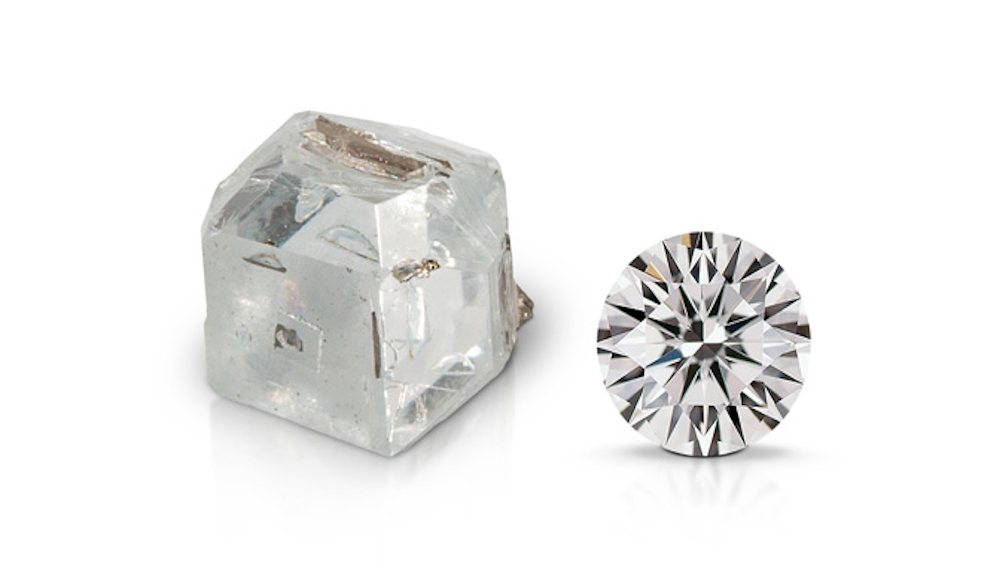Considering Lab Grown Diamond For Engagement Rings

Lab grown diamonds are rapidly gaining acceptance as awareness and understanding of lab grown diamonds grow.
There has been a long-standing stigma about synthetic or lab grown diamonds that is slowly starting dissolve as more and more people are starting to understand that there is no difference between natural and synthetic diamonds which are grown in labs.
This is especially true among the younger generation who have to grasp with the technology behind lab grown diamonds which are produced using the same processes or mechanisms that Mother Nature subject’s carbon to over millions of years.
The fact that manmade diamonds are as good as (sometimes even better) than Mother Nature’s gem is slowly sinking in based on the rising demand for engagement rings that sport lab grown diamonds.
This gradual acceptance is also attributed to the new technologies that are being used in curating diamonds from other diamonds in a stringently controlled environment.
Market reports indicate that 33 % of all diamond engagement rings these days consist of lab grown diamonds and this number is increasing rapidly especially among the Generation Y consumer segment.
Jewellers and diamond retailers have also seen this change in trend as an opportunity as lab grown diamonds have the potential to be customised to a certain degree which means that diamond hues could become a trend in the near future, something not possible before as natural diamonds are unique (which is also another reason as to why natural diamonds tend to retain their value.
The market for lab grown gemstones have become so attractive that even big names in the industry are jumping unto the band wagon, despite the fact that if a lab grown diamond of a certain size sells for AUD $1,000 and a natural diamond of the same size, beauty and clarity sells for AUD $5,000, because according to these jewellers, they are able to sell more lab grown diamonds at a bigger margin percentage.
Consumers these days are more practical and the internet of things keep them informed about everything there is to know and the fact that the new generation are more environmentally conscious, they have begun to view natural diamonds with more scrutiny and are more willing to research and buy diamonds online.
The significant impact of mining activities on environments and unethical practices that are often related to natural diamonds have resulted in laboratory diamonds being viewed more favourably.
Whilst most jewellers have come on board and have made the necessary changes to remain relevant to the new generation of consumers by accepting the opportunities presented by the lab diamond market, brands such as Cartier maintain their range of engagement rings with natural diamonds due to the company’s tradition.
This may or may not be a good strategy as based on the current rate of trend shift towards lab grown diamonds, it does seem that in just about a few years eight or nine out of every ten diamond engagement rings will be fitted with lab grown diamonds, not just due to price, but also because of the wider range of varieties and options that are offered with lab grown diamonds.
